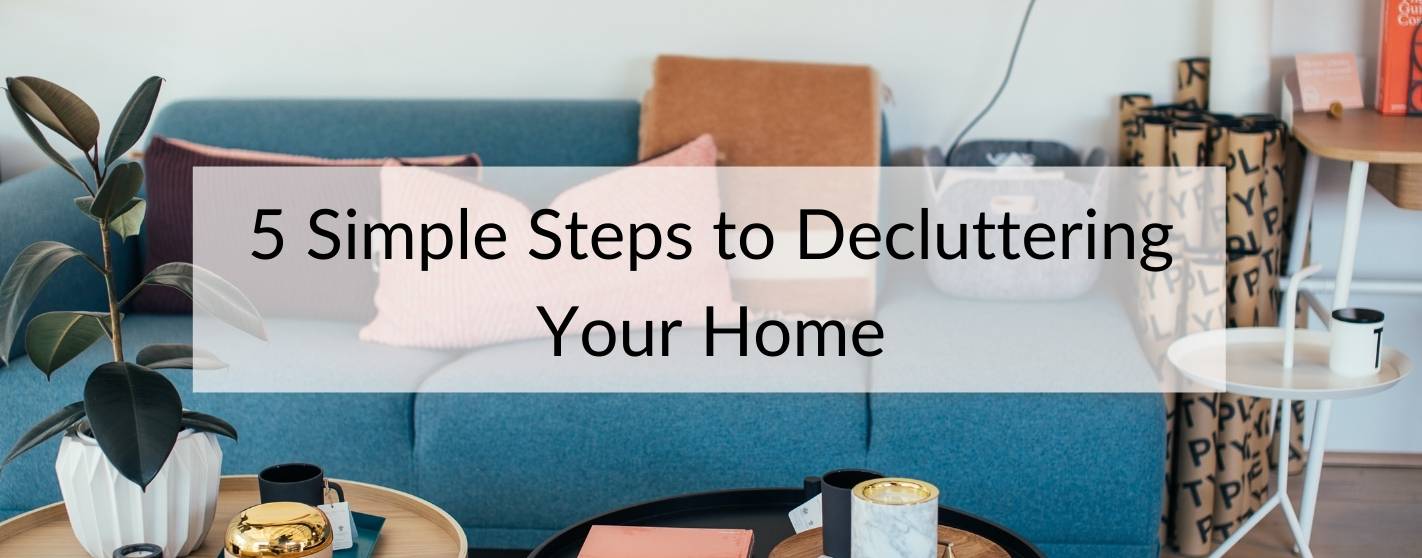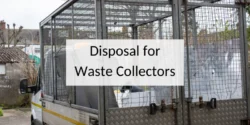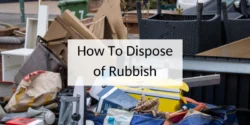5 Simple Steps to Decluttering Your Home
How to declutter your home made simple
Decluttering your home may feel a bit overwhelming but these simple steps should help make organising it all feel more manageable:
1) Action Plan
2) Easy wins
3) Decluttering comes before organising
4) Decisions, decisions
5) Everything needs a home
Walk round you home and make a note of areas and categories which could do with a good declutter. Consider if there are any “pain points” in your home which frustrate you daily. For example, you may have a wardrobe which is so packed with clothes, you can never put anything away.
Break tasks down into small bite-size chunks so that they are manageable. For example, if you want to declutter your wardrobe, tackle one category of clothes at a time. You could start with sorting your sock drawer. Decide which socks to keep and which to let go of. Once you have made those decisions, put those socks you are keeping back. Then move on to another category of clothes e.g. T-shirts. Breaking the tasks down into smaller chunks like this means you can fit these tasks around your schedule and don’t have to do it all in one day!
If you struggle to motivate yourself to declutter, having help from a professional can make it much easier or ask a friend or family member to keep you on task.
It is difficult to declutter items which hold emotional or sentimental attachment, for example, family photos or children’s artwork. Never start your decluttering projects with these categories. Practise exercising your decluttering muscles by starting with less sentimental items first and working your way towards the hardest. For most people, a good place to start is decluttering bathroom cabinets or kitchen food cupboards, which generally hold very few sentimental items! Giving yourself some easy wins at the beginning of the process will mean you feel motivated to continue.
It is so easy to jump to the fun part of decluttering by buying pretty boxes and baskets as storage solutions. However, storage containers can still hold clutter! The underlying problem is usually not disorganisation but owning too many things that are not needed. It is important to let go of things you do not love or need first so that you can then see whether you actually need to buy storage. You may even find you can re-use storage that you have emptied whilst decluttering, saving yourself time and money.
When sorting through items, though it can be hard! Try to decide what you want to do with each item and make a separate pile for each of the following categories:
-
Keep
-
Sell
-
Donate to charity
-
Gift to friends (only if you are sure the recipient wants it!)
-
Discard / recycle
Pick up and examine each item and determine which of the above piles it belongs to. When deciding whether to keep an item or get rid of it, ask yourself whether you love it and / or use it. What value is it providing to you? What purpose does it serve? Do you have something else which serves the same purpose? Watch out for your answer starting with “But what if…?” We often keep things for fear-based reasons “what if I lose that memory” or “what if I can’t afford that again in the future” or “I feel guilty about letting that go as it was a present”. It can be tempting to hold on to a lot of things but be realistic about the space in your home and the things you want to surround yourself with. Free yourself from negative emotions and lighten the load by letting go of things you don’t really need.
Once you have decluttered, every item you are keeping needs to have a home where you put it back each time you use it or when tidying up. This home should be easily accessible and near to where you use the item. Grouping similar things together will save you time and energy. Labelling boxes and containers is helpful so that everyone in the household knows where to find things and put them back after using them. It is also useful to have dedicated areas for items you need to action e.g. a pending tray for incoming paperwork. This will help keep your home organised and free from clutter!
Ps,
Thanks for reading our guide to all things decluttering! If you are short of time and have ever asked yourself 'where are the decluttering services near me?' we can recommend hiring a professional declutterers like Sally Walford and DeclutterOnDemand. Here are some other blogs you may also find interesting.
Furniture removal guide
Thoughts on Junk
Carpet Removal






